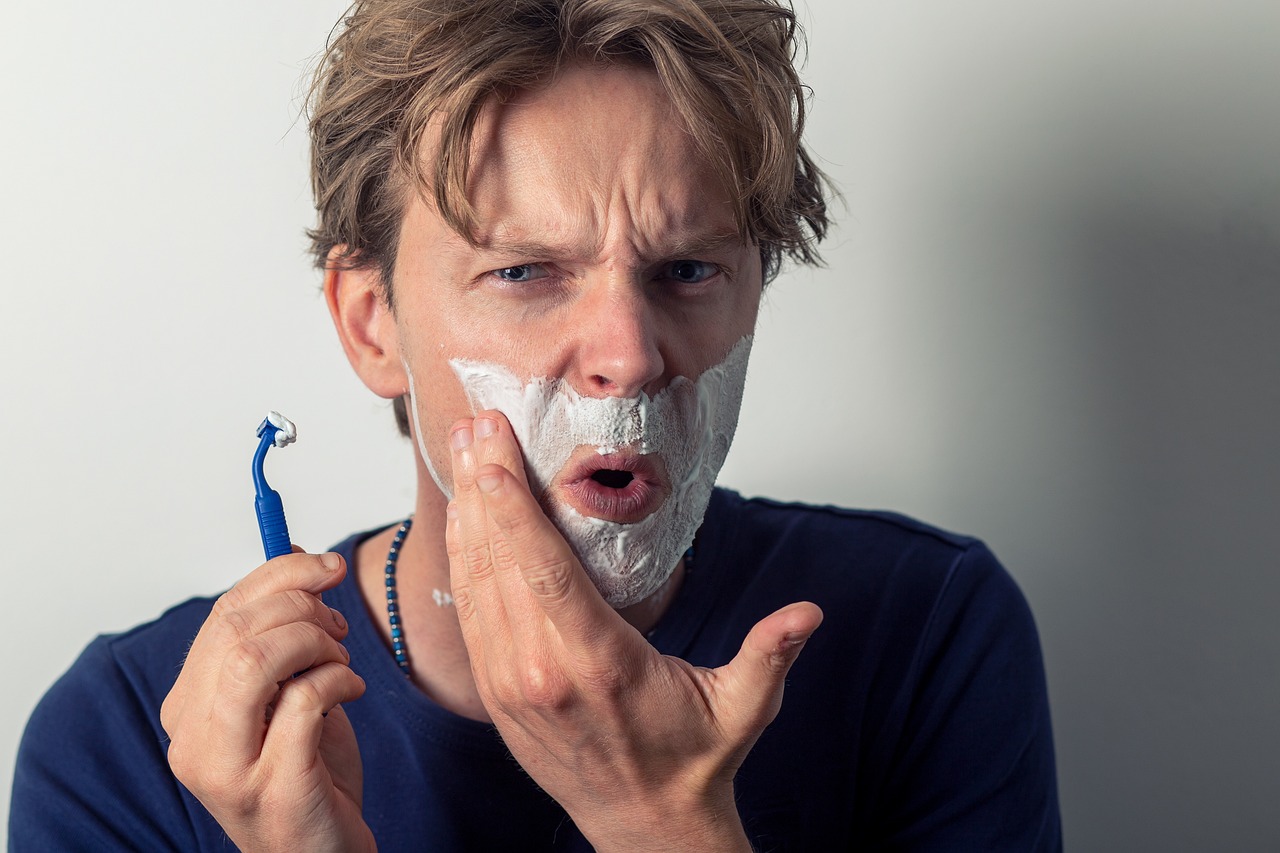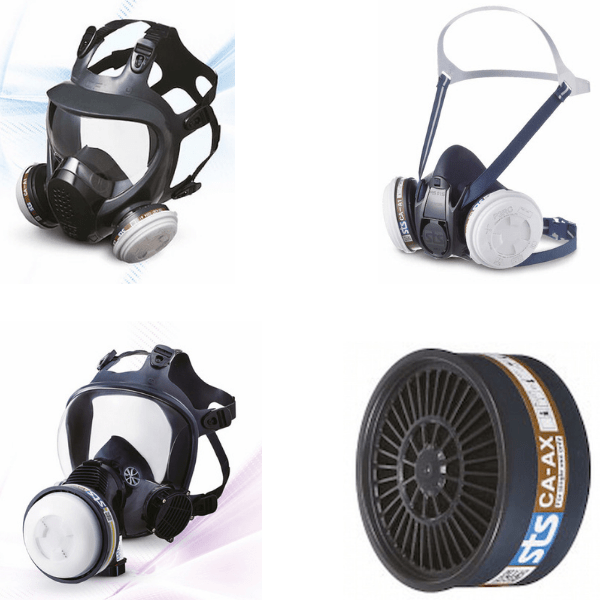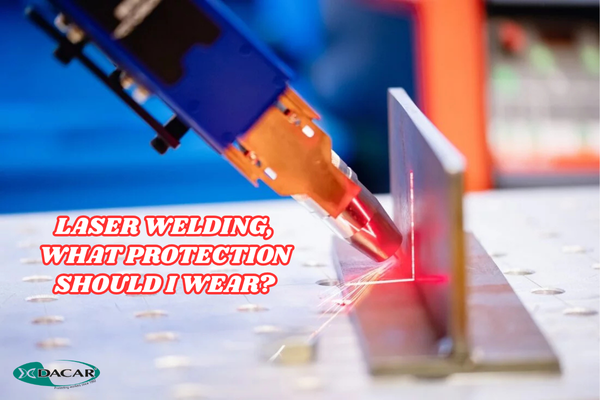The use of Respiratory Protective Equipment ( RPE) is essential in many jobs where exposure to toxic substances, hazardous dusts or air pollutants puts workers’ health at risk. However, a common question among those who must wear such equipment is whether it is possible to have a beard and, at the same time, ensure a good fit of the RPE. This is a relevant concern, as the correct seal between the respiratory protective equipment – which can be a mask, half mask or full face mask – and the face is key to the effectiveness of the protection. But what role does shaving play in all this and why is it so important? Below, we will look at the impact of facial hair on EPR performance, the related regulations and whether it is possible to use this equipment safely without shaving.
Why is important to be clean-shaven for Respiratory Protective Equipment (RPE) fitting?
Based on the fact that air always passes where there is the least resistance, RPEs are designed in such a way that the facial seal is optimal to ensure that the inhaled air passes through the filters and not through possible leaks between the RPE and the user.
Being clean-shaven is crucial to ensure that the RPE works effectively. The main purpose of this equipment is to create an airtight seal between the user’s skin and the mask to prevent the ingress of hazardous particles or gases. Facial hair, especially a beard or moustache, interferes with this seal and facilitates possible inward leakage.

Impact of beard on the effectiveness of Respiratory Protective Equipment
Facial hair creates spaces between the skin and the edge of the respirator, allowing contaminated air to leak through these small gaps. No matter how small the amount of hair, even a light layer can cause a leak that compromises worker safety. In situations where a high level of protection is required, such as in environments with toxic chemicals or fine dust particles, any leakage is a significant risk.
In addition, RPEs are designed to fit directly on smooth skin, and any obstruction on the facial surface can change the fit pressure. This decreases the ability of the equipment to function properly, exposing the user to potential hazards.
How lack of airtight sealing affects
When the respirator is not properly sealed, contaminated air is not filtered through the protective mechanisms of the equipment (such as filters). Instead, it slips through gaps left by facial hair, putting the user’s health at risk. The effectiveness of the EPR depends on its ability to block the passage of contaminants, which can only be achieved if the mask fits snugly against the skin.
International Occupational Safety and Respiratory Protection Equipment Regulations
In some EU countries, such as France for example, it is compulsory to provide each operator with a device that allows them to check the fit of their EPR. This is why there are half masks equipped with an adjustment control device (Shigematsu TS01 half mask at DACAR).
Other countries such as the UK, for example, require each operator to undergo a face fit test to certify adequate respiratory protection. Not only does the respirator have to be CE certified, but the respirator must also be suitable for the user.
Although such a fit test is not a mandatory requirement in Spain, we believe that such a test is the only effective way to guarantee a worker effective respiratory protection. There are several protocols for facial fit testing, one of which is 29 CFR 1910.134 of the American OSHA.
It is true that the various application standards, such as EN149:2001 + A1:2010 which legislates ‘Respiratory protective devices. Filtering half masks for protection against particles. Requirements, testing, marking’, in point 8.5, establishes maximum limits for inward leakage according to the level of protection required. However, these limits are laboratory limits using mechanical devices.
Is it possible to wear Respiratory Protective Equipment with a beard?
Since many people prefer to keep their beard for aesthetic, cultural or religious reasons, the question arises: is it possible to use an RPE without shaving completely? The answer is not so simple, as it depends on the type of equipment used and the level of protection required.
Alternatives for bearded workers
A viable option for those unwilling or unable to shave is the use of respiratory protective equipment that does not rely on a tight seal to the skin. These include air-supplied protective equipment, which does not require such a precise fit to the face. These devices provide clean air under overpressure from an external source (usually a compressor coupled with a filtering system to ensure that the air supplied is breathable), which eliminates the need for a face seal as where the seal is not in place, excess clean air will escape, in turn preventing possible inward leakage. This option also offers a guaranteed oxygen supply, which makes this solution an excellent choice for use in confined or poorly ventilated areas such as pits or tanks.
Another alternative is the use of powered positive-pressure respirators (PAPR), such as motorised positive-pressure ventilators with filters that provide a constant flow of filtered air. As with equipment attached to compressed air lines, this type of equipment creates a higher internal pressure than the surrounding environment, which prevents the contaminant from entering the breathing zone of the operator, as filtration through any openings caused by facial hair will always be from the inside out. These options offer a practical solution for those who need to maintain their beard and do not want to rely on a hose attached to a compressor.
Continuous airflow respiratory protective devices
Continuous airflow or positive pressure respirators are particularly effective for people with beards, as they do not rely on a perfect seal on the skin. Filtered air is constantly supplied to the inside of the helmet or mask, keeping contaminated air out.
Daily equipment check
Before each use, perform a thorough inspection of the RPC to ensure that there is no damage or wear on parts that could affect the seal. Make sure the filters are clean and replace them according to the manufacturer’s instructions. It is also important to check the fit straps, as an ill-fitting mask will not provide adequate protection.




